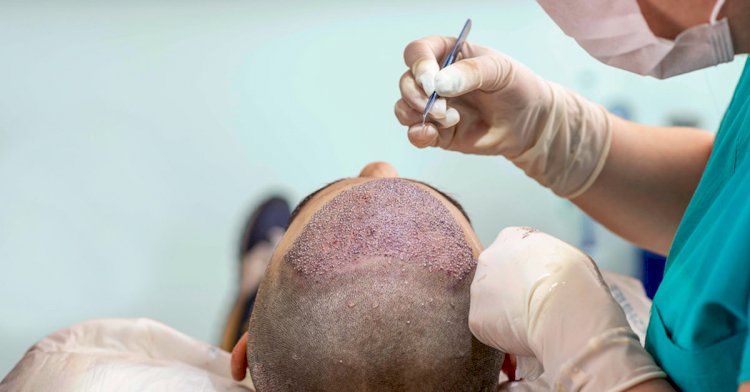Here Is All That You Need To Understand Surgical Hair Restoration – Part 2
In the second part, we give you an insight into the procedure followed by the doctor for a hair transplant. We bring you all the info on the whole procedure and the way it is carried out. So, watch as the drama unfolds.

How does your hair transplant affect the direction in which your hair naturally grows?
Since it gives more coverage of the scalp, coarse hair is bulkier and can therefore be transplanted using fewer hairs per graft. Giving a very natural look but less coverage than coarser hair is fine hair having fewer bulbs. As a single wavy or curly hair curls on itself covering more scalp areas than straight hair, wavy and curly hair lends itself to good visual results in transplantation. These factors also give the appearance of greater coverage as curly hair also rises from the scalp and holds its shape.
Does hair colour or skin colour play a role in hair transplantation?
The better the appearance of the hair’s coverage, the closer your hair colour is to your skin colour. Giving the best visual hair transplant results is African hair which is dark and very curly and therefore provides the least contrast against various shades of dark skin.
As they have the most contrast between their hair and skin shades, from a visual point of view, people with dark, straight hair and a light complexion pose the most artistic challenges in hair transplantation.
What are some other visual considerations?
The doctor must keep in mind your future hair loss pattern and the rate of the potential hair loss is when designing your procedure. Very crucial is the design of your restored hairline. Varying in shape and density from person to person is natural front hairlines. Based upon an overall design that may take more than one hair transplant session to achieve, your doctor will choose the recipient sites for the transplanted hair.
Depending on the progression of your hair loss, these sessions typically take place months or even years apart.
Which part of my head will receive the transplanted hair and how do doctors decide?
As these are the areas that frame your face and make the most impact on your appearance, the front and top of your head will receive transplanted hair first. Unless it's your only balding area, the crown is usually the last area to receive hair in later procedures.
How many procedures will I need?
Depending upon the extent of your hair loss, the projected hair loss rate, the amount of donor's hair you can spare, and other artistic and medical considerations, is the number of procedures.
In just one or two hair transplant sessions when thousands of hairs are transplanted in follicular units of one to four hairs each, men can often have the results they are looking for. To achieve proper density, women need more sessions. Lasting between five and ten hours each are these sessions. If necessary, future sessions can follow.
During my first meeting with a hair transplant surgeon, what should I expect?
The doctor should examine your head thoroughly and take a detailed medical history during your first consultation. It is here that find that it measures the hair density and thereby allows your doctor to then properly evaluate the number of hairs in each of your naturally occurring follicular units and the hair loss pattern you may have over time, is the examination of your head that should include the use of an instrument called the hair densitometer.
Measuring the degree of miniaturisation of your hair strands caused by shrinking hair follicles, the progressive diminishing of each hair’s diameter and length as this instrument compares fine hair to thick ones. It is necessary that your doctor puts into writing the hair transplant design as well as the estimated timeline for any procedures. Including any associated risks, and telling you what you can expect in the months following the procedure, the doctor should also explain the entire hair transplant procedure.
How safe will the hair transplant treatment be for those with a receding hairline?
A hair transplant is very much necessary to hide a receding hairline. With people who are very much conscious about their hair, we have the best practices required when tending to hair that is naturally soft and weak. Whereas thick hair often looks good after a transplant, there are also treatments suited for people with thin hair. This is the reason most of them have to be cautious. Thin hair should be dealt with caution no matter what the result will be.
The Conclusion
Where, when, and how can the treatment be done, depends on your choice and experience of previous clients. Never experiment with whatever you have in your hand with the hair.
What's Your Reaction?





















